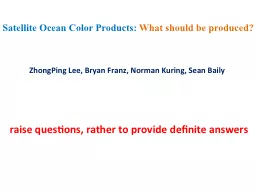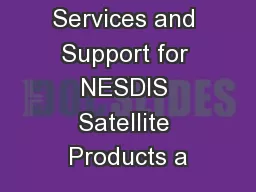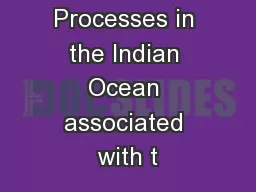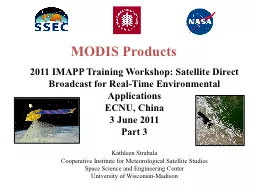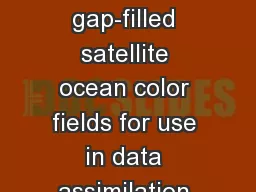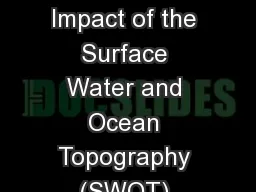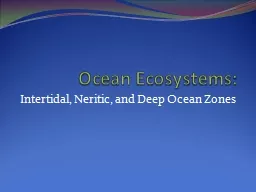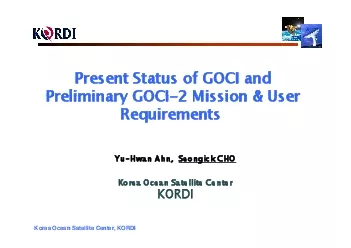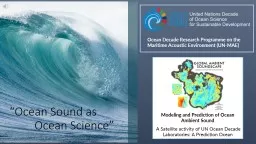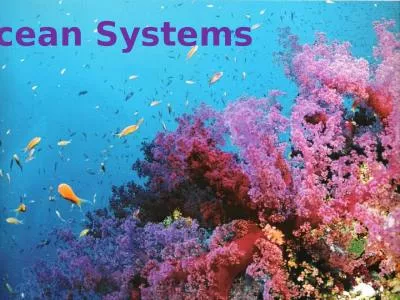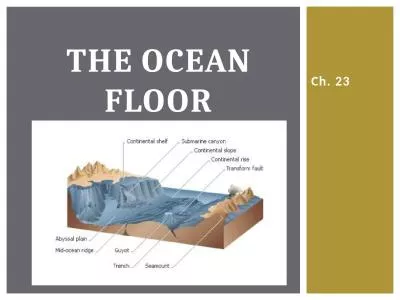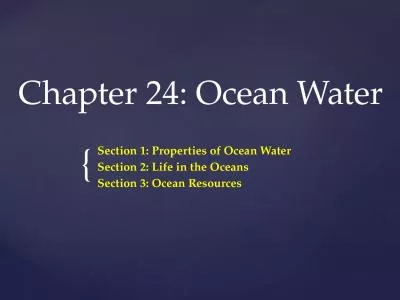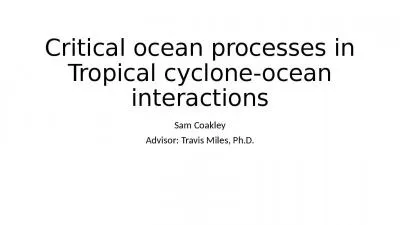PPT-Satellite Ocean Color Products:
Author : pasty-toler | Published Date : 2016-11-28
What should be produced ZhongPing Lee Bryan Franz Norman Kuring Sean Baily raise questions rather to provide definite answers How do we determine what OC products
Presentation Embed Code
Download Presentation
Download Presentation The PPT/PDF document "Satellite Ocean Color Products:" is the property of its rightful owner. Permission is granted to download and print the materials on this website for personal, non-commercial use only, and to display it on your personal computer provided you do not modify the materials and that you retain all copyright notices contained in the materials. By downloading content from our website, you accept the terms of this agreement.
Satellite Ocean Color Products:: Transcript
Download Rules Of Document
"Satellite Ocean Color Products:"The content belongs to its owner. You may download and print it for personal use, without modification, and keep all copyright notices. By downloading, you agree to these terms.
Related Documents

